Disconnected, Part 1
So, some context here – I’m currently on a social media break. Not a big one, probably just a week or two, but I try to do it with some regularity. (And I recommend you do too.) All the social media doom-scrolling apps are nuked from my phone and devices, and I logged out from the browser versions.
It’s good, but it also means that those interesting things I find or weird thoughts don’t become shitposts, they just go… nowhere. Or they used to. I’ve been keeping a running list of my thoughts and interesting links that I find during my Disconnected Week.
What follows is that – a mini essay, some thoughts, and links to things I found interesting throughout my week.
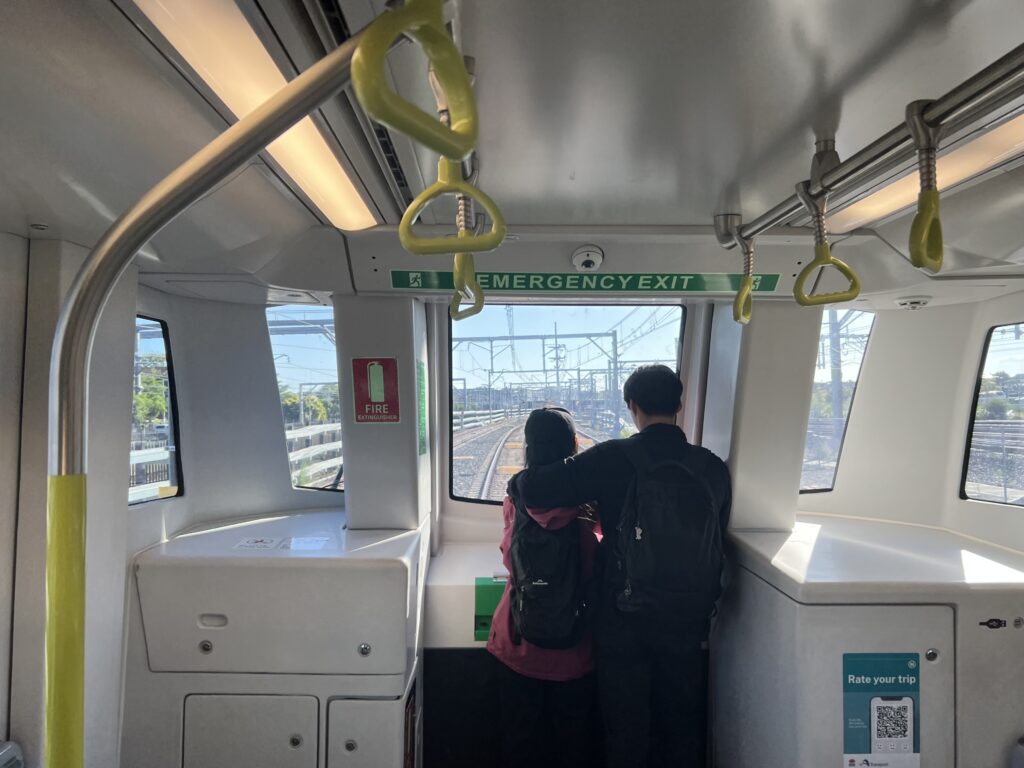
The Documentary Qualities of Narrative Films – a Micro-Essay
I watched, as usual, several films I’d never seen before this week. And, also as usual, over half were “old” films. In this context, I generally films made in the 20th century, give or take a few years. Some were smaller indie or B-movie faire, but a few were bigger, grander productions.
It was hard not to really notice how different big-budget films from even 30-40 years ago felt compared to modern ones. Most of the reasons for this are pretty obvious and well-documented by every essayist and youtuber, but something new occurred to me as I was juxtaposing several of them the other night.
Something has changed. When you watch a tent-pole movie from the ‘90s or ‘80s, what you often see is heightened reality, as today, but it still tended to be shot for the most part on location (when they didn’t need to fully destroy a space using a constructed set, anyway).
So when you watch, say, Con Air (1997) or Commando (1986), for all the absurd stunts and miniature work plus the odd set or backlot sequence, you’re still fundamentally getting a little window into the geography and the spaces of that place and time.
These days, it’s so much easier to digitally alter locations or construct sets entirely, that even if it looks fairly real, much of what the bigger budget films show is fake. For instance, the strangely sparse New York streets of Wolfs (2024) are, it turns out, 90% green screen and constructed sets. It’s an aesthetically interesting movie, but what you’re not actually seeing, really, is New York – the film’s distinctive setting.
The production reasons for this make sense, but it’s still interesting and a little depressing to me that to get glimpses into the real spaces and cultures of the 2010s or 2020s, you need to go to little indie films.
But it occurs to me that it’s a return to the way things were, really. If you go back to a time before the 1950s, only indie films were shot on location – anything of any serious budget was shot in the fake world of Universal or Warner Brothers backlots and stages. Of course, I am not saying that like it’s a bad thing either. There’s a beauty to backlot & set shooting, of course, which I appreciate almost as much as the window into the past location shooting in later movies provides.
But that makes me wonder – is there something unique to the digitally faked, staged environments of bigger budget films now which will be interesting to pore over in future years, in ways I can’t currently see? Is there something to the fake yet almost real looking New York streets of Wolfs which will tell us a lot about the year 2024 in future?
If there is, it probably won’t be by something noticed by me, so I’ll keep watching films shot in real spaces as much as I can.
Photography
Some interesting photographers whose work I was admiring this week.
Max Dupain
An Australian photographer, probably our most famous, who it turns out was born in the same part of Sydney I now call home.
I love his documenting of Sydney’s people and places throughout the 20th century.
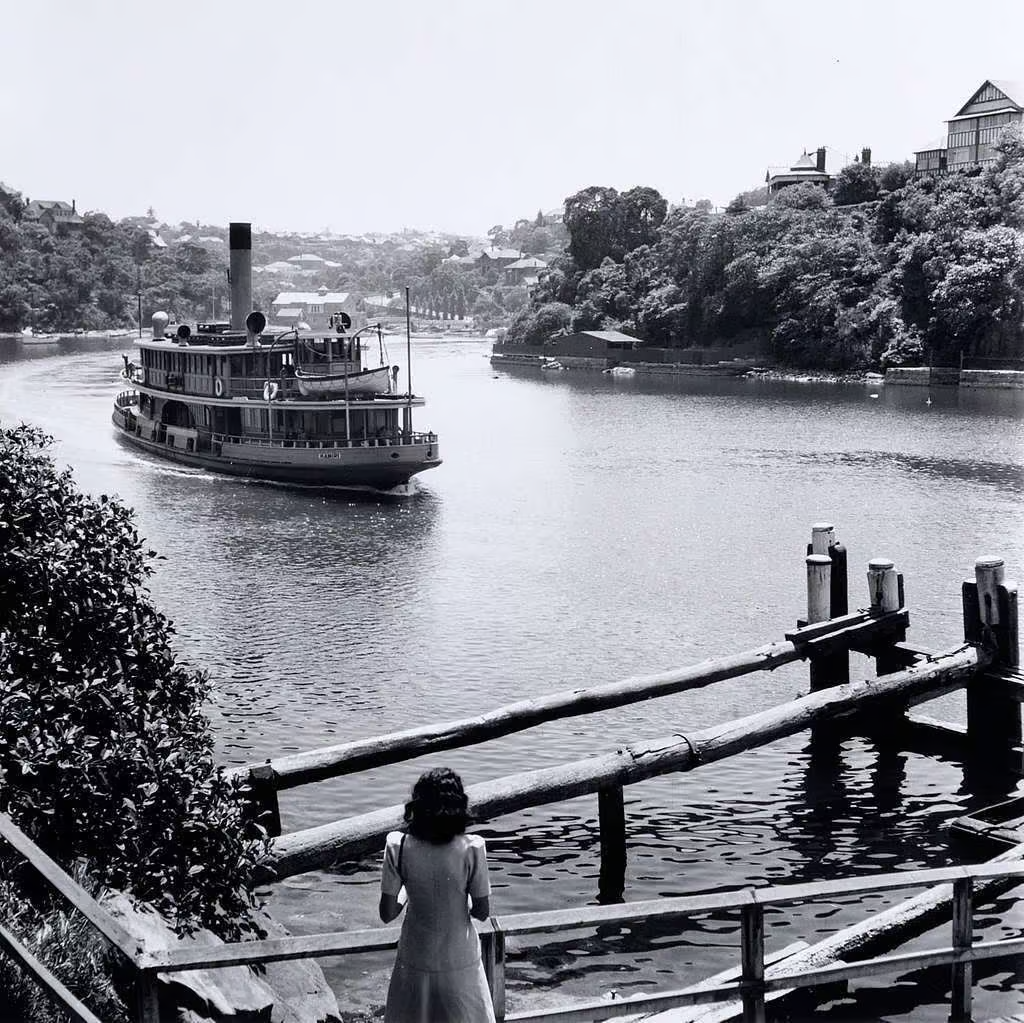

For more, have a look at some of Dupain’s images of Penrith, commissioned and taken in 1948.
Boogie (Vladimir Milivojich)
Boogie is a photographer from Serbia who immigrated to America and is as famous for his unique New York street photography as his work from Serbia, though the latter didn’t come out until after he’d moved.
So much of photography is finding yourself in a position to get the shot, and when you’re photographing people, that often means having the kind of personality where you can either talk people into letting you take shots of them (which I guess most of us do) or have the, uh… backbone… to just take the photos anyway, such as what Bruce Gilden famously does.
As for what makes Boogie’s shots unique, beyond any technical stuff… well, looking at them will explain better than any of my words.
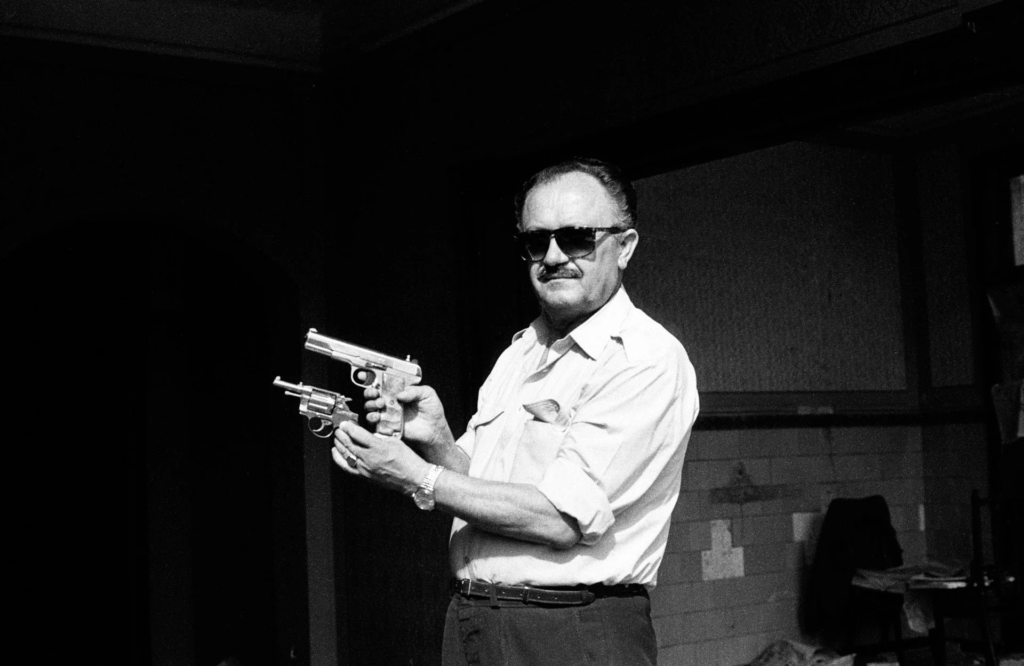
“Boogie: the Photographer who captured Belgrade’s underbelly amid Serbia’s troubled ’90s“
As for WHY I was looking at Boogie’s work?
There was a short-lived TV show back in 2010, How To Make It In America. A sort of spiritual attempt to re-capture the lighting-in-a-bottle that was Entourage (2004), about various people trying to make it through the hustle of New York. To the East Coast what Entourage was to the West Coast (well, sort of). As business folks, fashion designers, etc. Honestly, I enjoyed it a lot, and was sad that it didn’t get more than two years in its run.
Its intro sequence (remember when, for a brief moment, TV shows had amazing intro sequences?) still sticks in my memory – a combination of video and still shots of either taken by Boogie or inspired by his work.
I didn’t know who did the photographs in the intro, and researching it led me down this path.
The opening credit sequence was directed by Josh & Xander at Radical Media.“
My Own Photography
I haven’t really found a good place to post many of my own photos yet, though Pixelfed is becoming my go-to.
I got a new camera, a gift from my girlfriend, and it’s a weird one. A 1989 point and shoot with a million strange features. It’s a tank of a camera, too – sold under a few names, but this one is a Canon Sure Shot Zoom XL.
Got a bunch of photos at a few parties, flash on as is tradition.
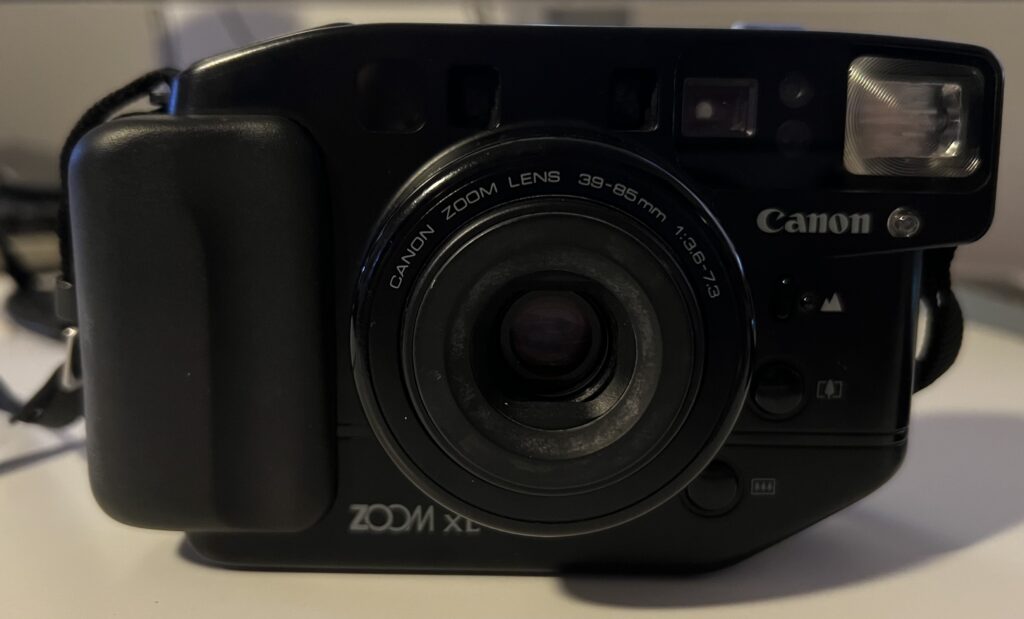
I’ve also bought the materials to develop my own B&W film at home – I haven’t been able to do that myself since my friend lost his dark room. Going to develop my first roll in a while this coming weekend.
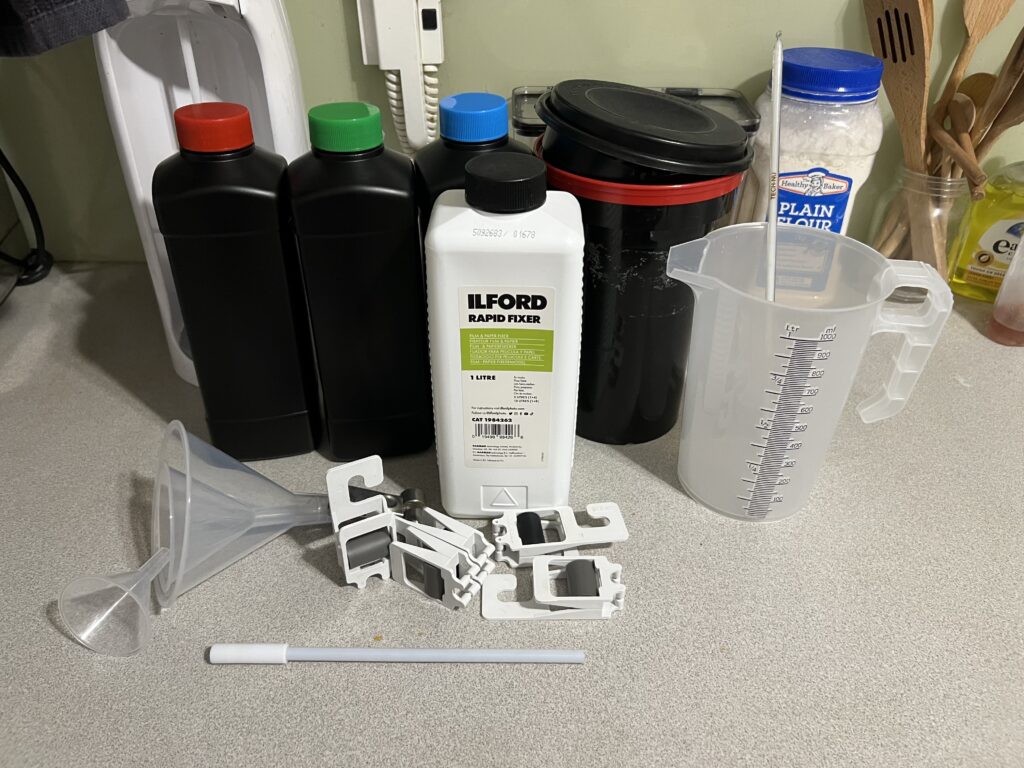
Video Essays
As always, I watched a lot of video essays this week. Here’s a few I was particularly into.
On Edward Hopper’s paintings as an inspiration for photography:
“The Internet Isn’t Cool Any More”
I’ve seen a million videos decrying the commercialisation and the algorithmicisation (!) of the internet, but this one kinda resonated a bit more than usual with me. I guess it was the monotone delivery, but it was also just… the clarity of it. It wasn’t about specifics, it was mostly about vibes and experiences.
This video isn’t the -reason- I decided to take some time off social media… but it seems appropriate.
And finally… “Gen Z needs more Slacker Movies”
And as a huge fan of them, I can’t agree more.
Chinatown Fair
One of the films I’m going to recommend at the bottom of this post is a documentary which is about the history and final years of one specific video arcade in New York – Chinatown Fair. In the process of documenting this one arcade, it shows not only the specifics of the culture surrounding it, but in a way a look at why many of us growing up any time before the last 15 years or so may have found video arcades so important.
A fairly at-the-time famous hip hop music video was shot at the arcade in the ’90s – Brooklyn Zoo by Ol’ Dirty Bastard. (Not embedded as it seems to be turned off.)
The comments below the music video kind says it all – so many are about the arcade itself, to the point where the comments almost feel like a memorial to it rather than just a music video.
Film Recommendations
And hey, here’s some ‘final week of 2024’ film recommendations.
Something bleak… The Money Trap (1965), a pitch black (and black & white) noir co-starring a young Ricardo Montalban
Something chilling… The Vast of Night (2019), an amazing, unsettling and beautiful thriller and debut feature.
Something funny… there’s always time for Barb and Starr Go to Vista Del Mar (2020)
and something real… The Lost Arcade (2015), about Chinatown Fair and how important it was for so many people.
Poetry
And finally… I’m not a poetry person, but here’s Tim Cain reading a still-relevant comedy poem about the difficulties of game development written by Ron Gilbert.